Short Description
This study investigates African Red Slip Ware (ARS), kitchen ware and lamps from Augusta Vindelicum (Augsburg in Bavaria). Products from North and Central Tunisian pottery workshops are dateable from the late 1st to the first half of the 5th century AD. The provenance of North African pottery can be identified by macroscopic and chemical analyses with X-ray fluorescence. In combination with chronologically differentiated maps these analyses aim to better understand both the settlement and economic history of the provincial capital of Raetia. The chronologically important material serves as a reference for the supply of Raetia and cross-regional comparative studies.
Description
This study investigates African Red Slip Ware (ARS), kitchen ware and lamps from Augusta Vindelicum (Augsburg/Bavaria). The aim is to better understand both the settlement and economic history of the provincial capital of Raetia via its pottery assemblage. Analysis of the material offers further information on typology, chronology, provenance and quantity. Ceramic products from North and Central Tunisian pottery production centres are dateable from the late 1st to the first half of the 5th century AD. A selection of ARS and lamp fragments was subjected to chemical analyses by wavelength-dispersive X-ray fluorescence (WD-XRF) to examine provenance and mechanisms of supply. North African cooking ware is represented with only a few fragments that are associated with an influx of people into the province with Mediterranean cooking habits. The relatively high number of lamps in Augusta Vindelicum is attributed to the demand of a wealthy clientele in the provincial capital. Following the section on typology and chronology, the state of research on Late Roman features and small finds from both sides of the Roman town wall of Augsburg is summarized. This forms a basis of discussion for the continuity of settlement and the expansion of Augsburg in Late Antiquity. The distribution of African ceramics in Augsburg is then presented on chronologically differentiated maps. These indicate that there was no reduction in settlement during the 4th and first half of the 5th centuries. The final chapter examines distribution patterns of North African ceramics in Raetia. The quantity and variety of forms in Augsburg stand out in particular within the overall ceramic assemblage of Raetia. This is in part due to continued intensive excavation. It is argued that the large amount of North African ceramics in the provincial capital is evidence for a local demand for high-quality tableware. Furthermore, in contrast to most Raetian sites, Augsburg offers a statistically significant amount of North African ceramics. The chronologically important material is a crucial archaeological source for long-distance trade and the history of Augusta Vindelicum. It also serves as a reference for cross-regional comparative studies.
Biographical Note
Ferdinand Heimerl (born in 1989) studied Archaeology of the Roman Provinces, Prehistory and Ancient History at the Ludwig-Maximilians-University Munich and the University of Newcastle upon Tyne (England). He received his Masters degree from the University of Munich in winter semester 2013/14. This monograph comprises a revised version of his Masters dissertation. In addition to numerous excavations in Germany, he took part in several field projects in Austria, Italy, England, Egypt and Libya. He is currently writing his PhD thesis on Roman Bitburg (Rhineland-Palatinate, Germany). 2014 he has been awarded from Ludwig-Maximilians-Universität München for the LMU Forscherpreis für exzellente Studierende.

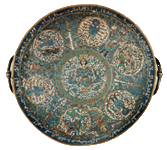

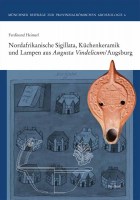
 Preface
Preface

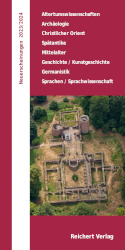 Neuerscheinungen 2023/2024
Neuerscheinungen 2023/2024
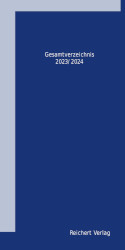 Gesamtverzeichnis 2023/2024
Gesamtverzeichnis 2023/2024
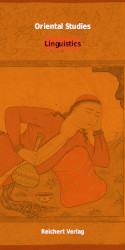 Katalog Oriental Studies & Linguistics
Katalog Oriental Studies & Linguistics
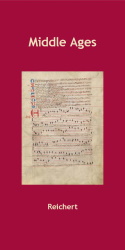 Mittelalter
Mittelalter
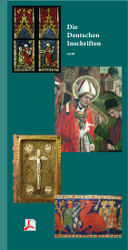 Deutsche Inschriften
Deutsche Inschriften
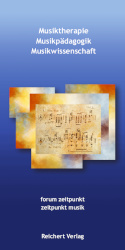 Musiktherapie
Musiktherapie
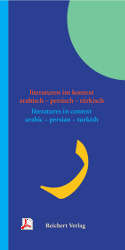 Literaturen im Kontext
Literaturen im Kontext